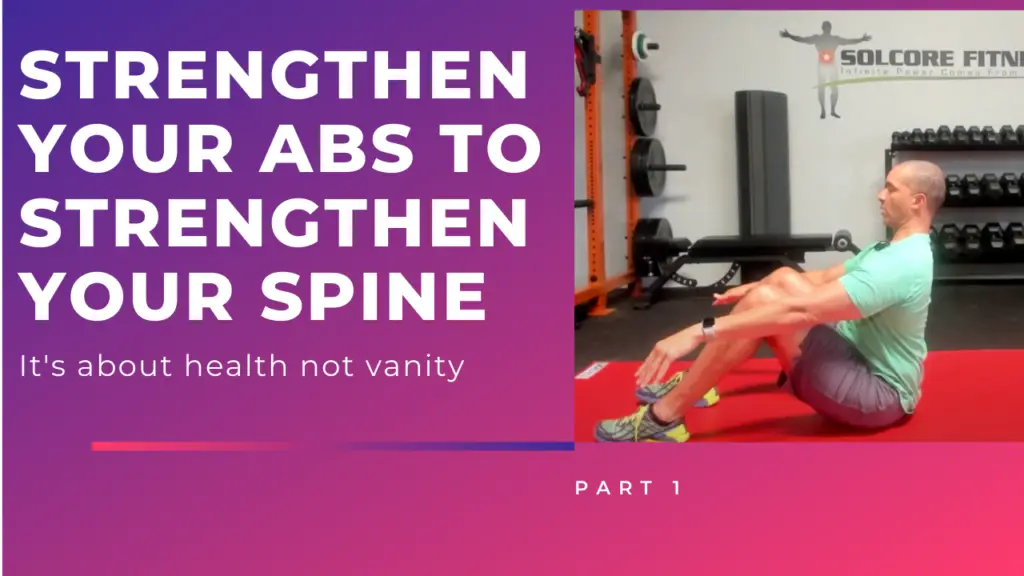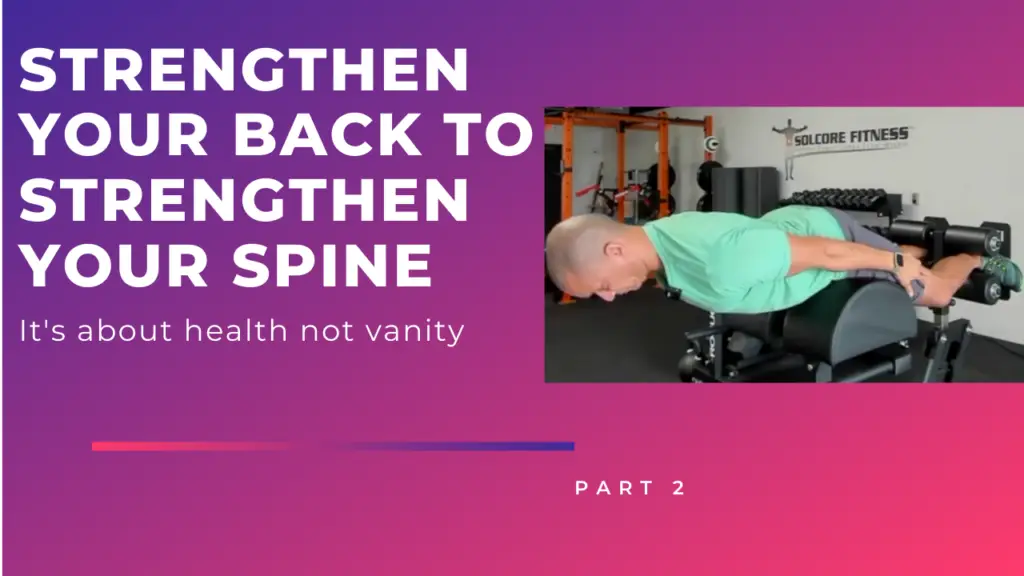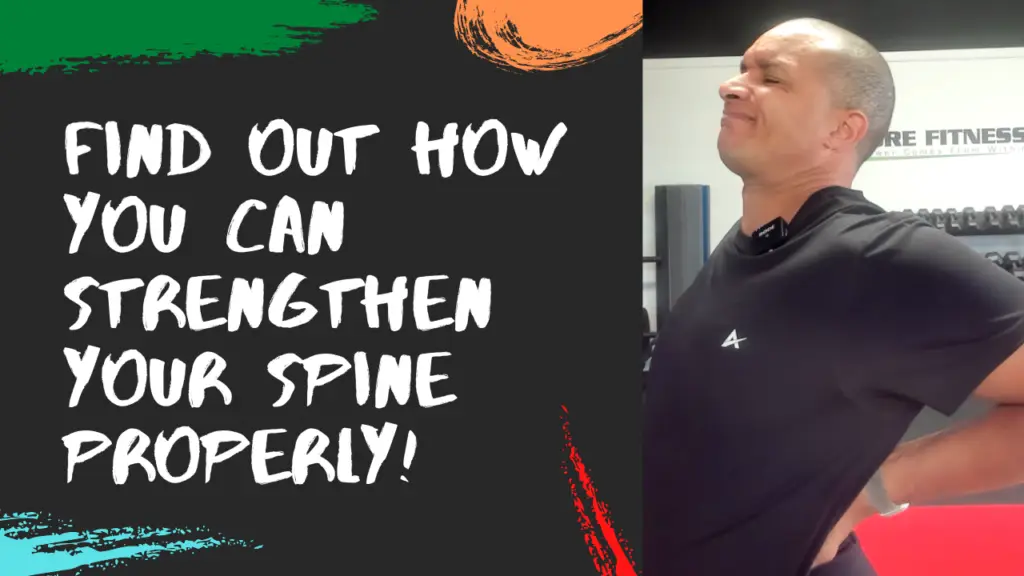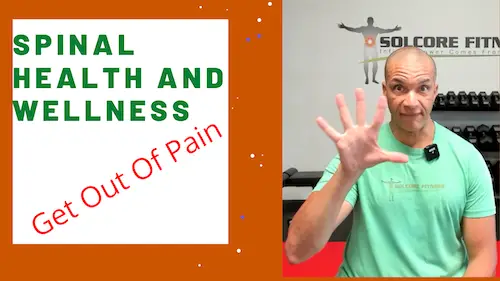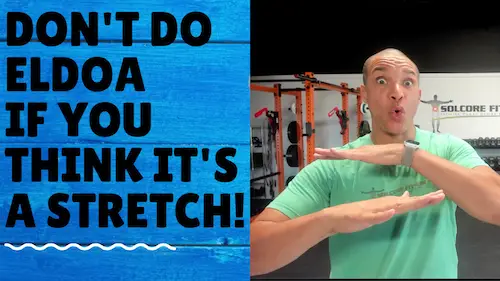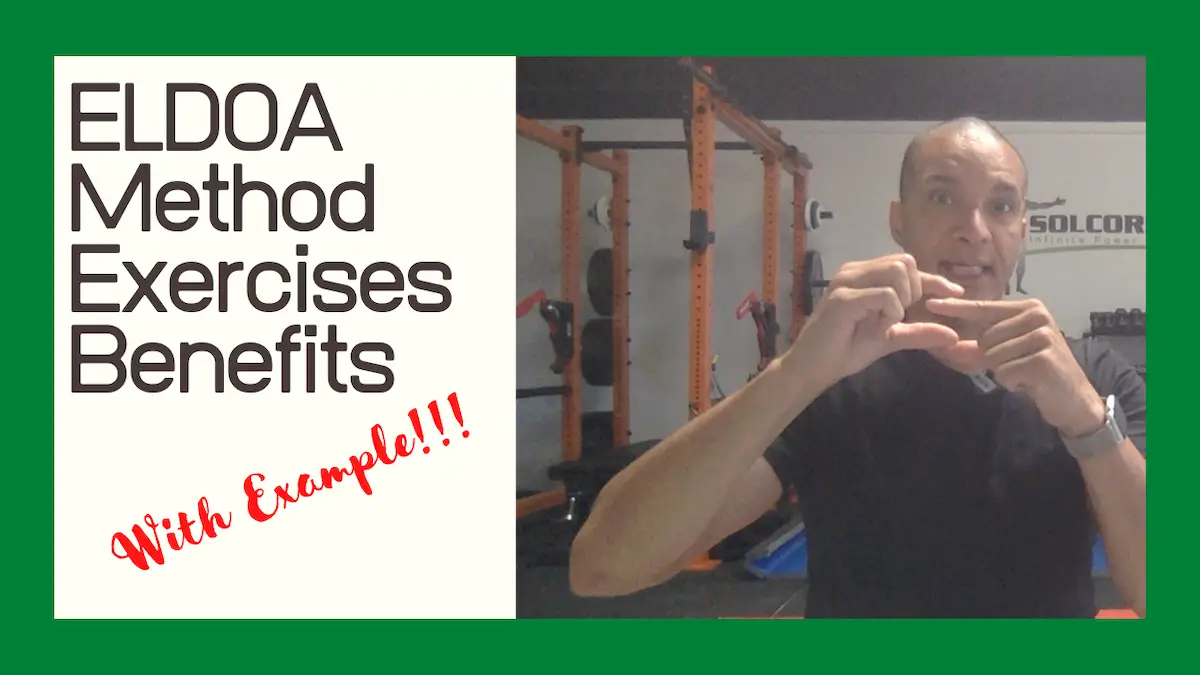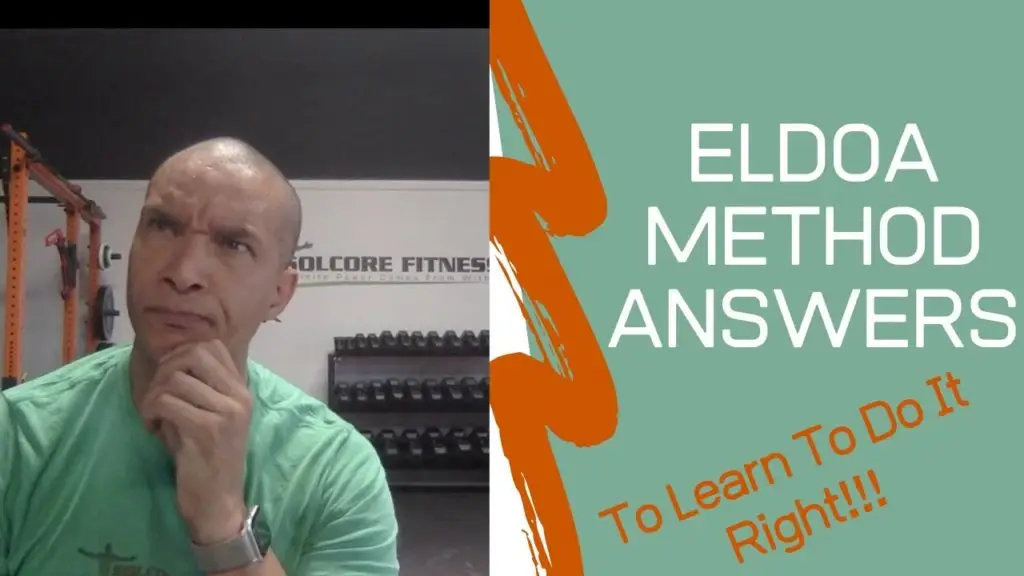
Why Change is Necessary for Progress
“Change yourself if you want to change your outcome.” Einstein famously said, “Insanity is doing the same thing over and over and expecting different results.” In fitness—and life—this principle is crucial. If you want to reach new goals or break through your current plateau, you need to try new strategies and approaches, especially in your exercise program.
The Science of Program Variation
The body is designed to adapt. When you repeat the same exercise stimulus for too long, you become efficient, and growth slows—this is called a plateau. Scientific studies show that switching up your routine revives progress, activates dormant muscle groups, and keeps your mind engaged. Small changes in load, rep range, exercise selection, tempo, or even workout order can create new challenges for your body, pushing you closer to your goals.
Adaptation and Plateaus
Adaptive resistance is a double-edged sword: consistency helps build a habit, but lack of variety stalls improvement. Coaches recommend changing some element of your workout every 4–6 weeks to optimize continual progress and avoid stagnation. The discomfort that comes with learning a new exercise or routine is actually the sign that your body (and mind) are growing.
Case Study: Sally’s Stalled Progress
Meet Sally—a typical, well-intentioned exerciser. She goes to the gym, takes classes, hikes, does yoga, and occasionally “gets serious” for bursts of time. Yet her results never seem to stick, and progress feels just out of reach. Sally feels disappointed because she thinks effort alone should guarantee results—but she’s stuck in a cycle of repetition, never addressing weak links or switching up her approach.
Now, instead of blaming herself for not working hard enough, Sally tries something new: she chooses unfamiliar exercises, adapts her mindset, and constructs a program tailored for her unique needs. The first few weeks feel awkward and foreign, but soon she discovers new strength, flexibility, and confidence. Sally breaks her plateau—and her own limiting beliefs.
How to Embrace Change and Succeed
- Accept the discomfort of trying new exercises—it’s where true progress happens.
- Stay curious and open-minded, seeking advice from professionals when you’re uncertain.
- Reframe frustration as a sign your body is being challenged in new, valuable ways.
- Mix up exercise selection, intensity, and recovery methods every month or two.
Success isn’t about sticking with what’s safe and familiar. It’s about learning, refining, and bravely pushing into new territory step by step.
Find out more @
it’s not just working out, it’s building a foundation for a better life.


